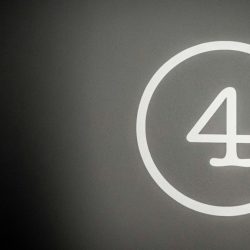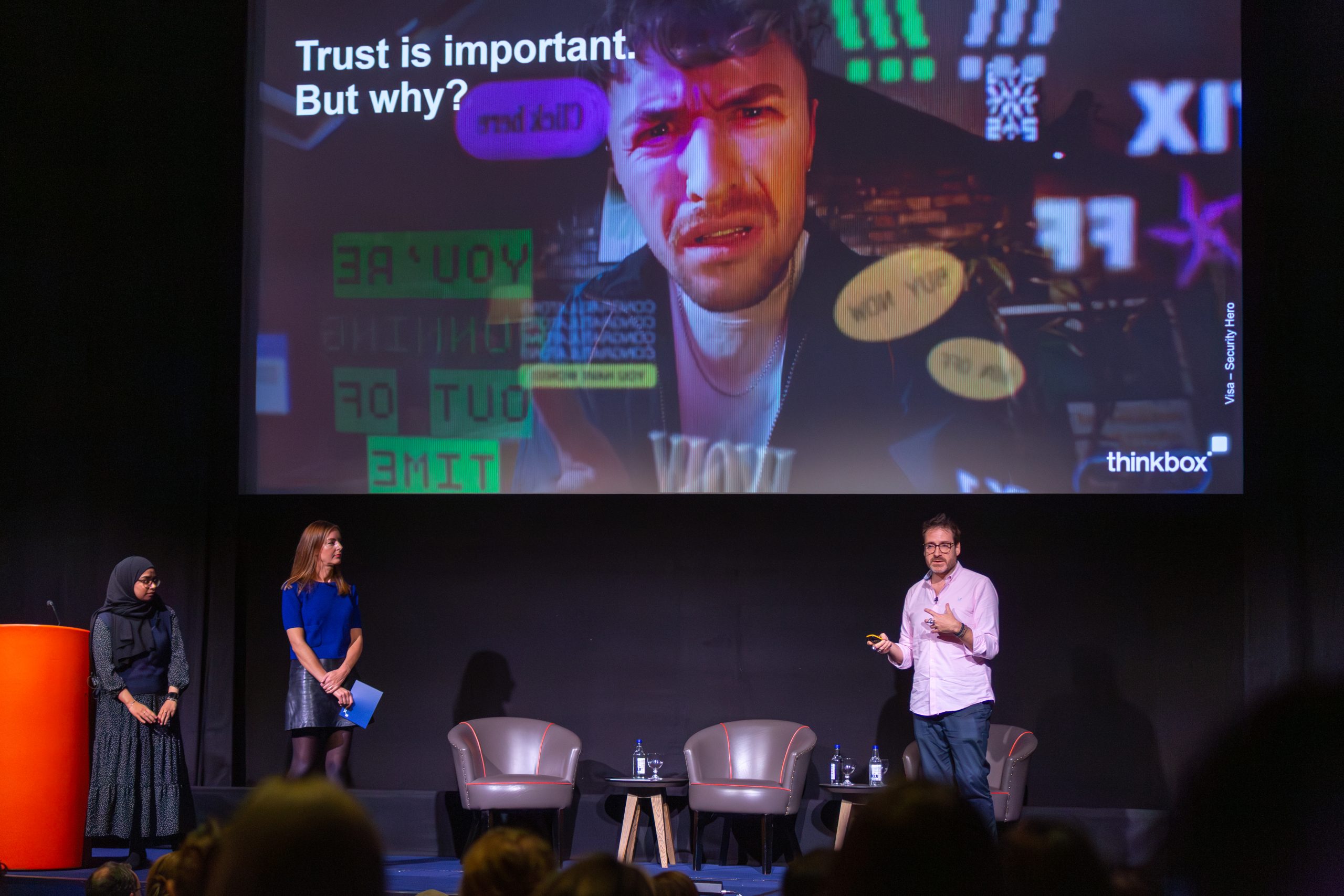Adolescence lasts far longer than previously thought, extending into the early thirties, according to a new study.
Researchers from the University of Cambridge found the adolescent phase — traditionally thought to be confined to the teen years — runs from nine to 32, and is the brain’s only period when neural networks grow more efficient.
Dr Alex Mousley, a Gates Cambridge scholar who led the research, said: ‘While puberty offers a clear start, the end of adolescence is much harder to pin down scientifically. Based purely on neural architecture, we found that adolescent-like changes in brain structure end around the early thirties.’
The findings could offer insights for age-based targeting, given that the ‘teen brain’ persists well into the early thirties.
The study, published in Nature Communications, analysed MRI scans from 3,802 people aged between 0 and 90 to map how efficiently different regions of the brain communicate. It identified five distinct brain phrases in the average life, split up by four pivotal ‘turning points’:
- 9 – Adolescence
- 32 – Adulthood
- 66 – Early ageing
- 83 – Late ageing
After adolescence comes adulthood, the longest phase lasting between 32 and 66. This corresponds with a ‘plateau in intelligence and personality’ based on other studies, say researchers.
The brain architecture stabilises until hitting a mild turning point at 66 when the brain network gradually reorganises and enters gentle decline. The last phase begins at 83 when whole brain connectivity declines even further.
While individuals may reach these landmarks earlier or later, the researchers said it was striking how clearly these ages emerged from the data.
‘Understanding that the brain’s structural journey is not a question of steady progression, but rather one of a few major turning points, will help us identify when and how its wiring is vulnerable to disruption’, said Duncan Astle, professor of neuroinformatics at Cambridge.
Dr Mousley added: ‘It could help us understand why some brains develop differently at key points in life, whether it be learning difficulties in childhood, or dementia in our later years.’
Main image generated by Google Gemini






















